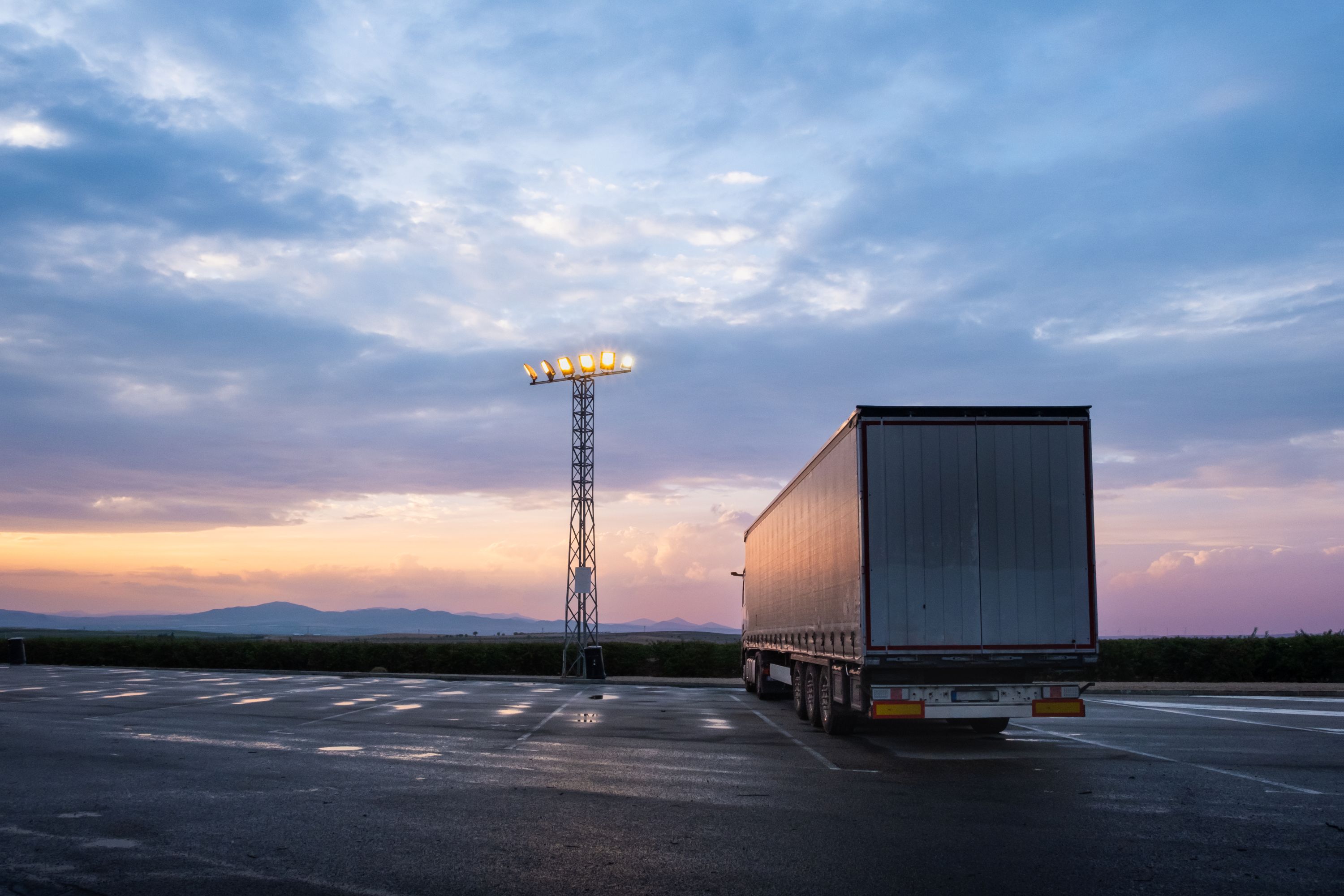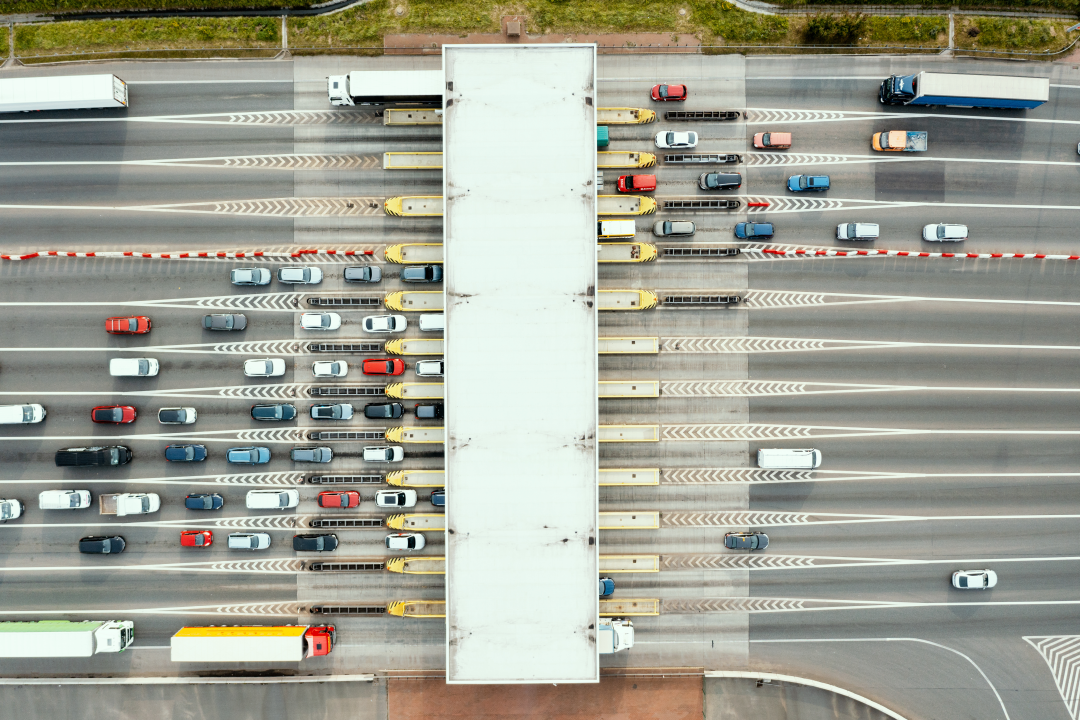
Guest
O impacto do apagão na Península Ibérica em 2025 no transporte rodoviário de mercadorias
Criado: 04/06/2025
•
Atualizado: 04/06/2025
Em 28 de abril de 2025, um corte de energia generalizado varreu a Península Ibérica, deixando milhões de casas, empresas e serviços públicos em Espanha e Portugal sem eletricidade. O apagão Espanha-Portugal, que teve início às 12h33, hora local, afectou as principais cidades, incluindo Madrid, Barcelona, Lisboa e Porto, bem como grande parte das regiões circundantes. Nalgumas zonas, a eletricidade foi restabelecida em quatro a seis horas; noutras, a interrupção prolongou-se pela manhã seguinte.
Embora a causa exacta ainda esteja a ser investigada, os primeiros relatórios sugerem que uma falha na rede de transmissão transfronteiriça interrompeu o fluxo de eletricidade em ambas as redes nacionais. O impacto foi rápido e generalizado, interrompendo os serviços ferroviários, imobilizando aeronaves, afectando hospitais e serviços públicos e paralisando as infra-estruturas digitais. Para o sector dos transportes e da logística, o desafio foi imediato, afectando todos os aspectos das operações rodoviárias, desde o transporte de mercadorias e o abastecimento de combustível até ao controlo do tráfego e ao bem-estar dos condutores.
"Quando a energia falha, o mesmo acontece com muitos dos sistemas de que dependemos para manter as estradas seguras - desde os semáforos e sinalização até às comunicações", afirma Raquel Martinez, Diretora de Vendas Europeia da SNAP. "Tanto para os condutores como para os operadores de frotas, o apagão de 2025 pôs em evidência a rapidez com que as viagens de rotina podem tornar-se de alto risco e a importância de saber onde os condutores podem parar para manter a sua segurança e a das suas cargas."
Atrasos no transporte de mercadorias
Para as empresas de transportes, a primeira e mais premente questão foi a suspensão do movimento de mercadorias. Em toda a Península Ibérica, as operações em armazéns, centros de distribuição e centros de cross-docking abrandaram ou pararam completamente. Os movimentos internacionais também foram afectados, com camiões retidos nas fronteiras enquanto as autoridades trabalhavam para restabelecer o controlo básico do tráfego e garantir a segurança rodoviária.
Com a paralisação do transporte ferroviário de mercadorias, alguns operadores tentaram transferir as cargas para a rede rodoviária, mas isso trouxe as suas próprias limitações. Rotas congestionadas, sistemas de tráfego inoperantes e acesso irregular ao combustível significavam que o transporte rodoviário não conseguia absorver a procura. Foram necessários vários dias para eliminar os atrasos e restabelecer a fiabilidade da cadeia de abastecimento.

Portagens, tráfego e falhas tecnológicas
Os cortes de energia na Península Ibérica revelaram também até que ponto as infra-estruturas modernas dependem dos sistemas digitais. Os semáforos das principais cidades ficaram desligados, causando congestionamentos e aumentando o risco de acidentes. A sinalização eletrónica, os sensores das auto-estradas e os sistemas de encaminhamento inteligentes falharam, privando os condutores de orientações e actualizações em tempo real.
As cabinas de portagem foram igualmente afectadas. Com as barreiras automáticas e os sistemas de pagamento eletrónico fora de serviço, o pessoal em algumas zonas teve de levantar as cancelas manualmente ou recolher dinheiro. Esta situação provocou atrasos nos principais itinerários, perda de receitas para os operadores de portagens e preocupações quanto à integridade do sistema após o restabelecimento da energia.
Escassez de combustível
Um dos sinais mais claros da dependência do sector em relação à eletricidade surgiu nas bombas de combustível. Com a falta de energia, as bombas de gasolina em Espanha e Portugal foram obrigadas a fechar. As bombas e os sistemas de pagamento deixaram de funcionar, deixando apenas um pequeno número de postos de abastecimento com geradores de emergência capazes de servir os clientes. Estes ficaram rapidamente sobrecarregados, dando origem a longas filas de espera e, em muitos casos, a condutores sem combustível.
A perturbação estendeu-se também a montante, com as instalações portuárias e as redes de distribuição de combustível a não poderem funcionar com a sua capacidade normal, atrasando o transporte de combustível para as zonas do interior e agravando ainda mais os problemas de abastecimento.
EVs e infra-estruturas de carregamento
Para os operadores de veículos eléctricos, a falha de energia constituiu um desafio particular. O carregamento de veículos eléctricos em Espanha e Portugal esteve fora de serviço, tornando os veículos eléctricos inutilizáveis, a menos que já tivessem carga suficiente para completar o seu percurso. Sem acesso ao recarregamento, algumas entregas foram suspensas e os veículos eléctricos foram temporariamente retirados da estrada.
Para as empresas de logística que estão a considerar a transição para frotas eléctricas, os cortes de energia na Península Ibérica sublinharam a importância dos planos de contingência e das infra-estruturas de reserva para manter as operações durante as falhas da rede.

Bem-estar dos condutores
Talvez as preocupações mais prementes se centrem no bem-estar dos condutores. As áreas de repouso e as estações de serviço ficaram mergulhadas na escuridão - muitas sem iluminação, aquecimento, comida quente ou casas de banho funcionais. Alguns condutores ficaram sem um local seguro para descansar durante os atrasos forçados.
A comunicação foi outro grande problema. Com as redes móveis interrompidas, os condutores tiveram dificuldade em contactar os depósitos, pedir apoio ou aceder a actualizações do tráfego. Para muitos, a rádio local tornou-se a única fonte fiável de informação. A situação serviu para relembrar o quão exposto o sector pode ficar quando uma infraestrutura crítica falha.
Lições para o futuro
Embora o apagão em Espanha-Portugal tenha durado menos de 24 horas na maioria dos locais, as perturbações no transporte rodoviário e no transporte de mercadorias foram significativas. Os efeitos da falha de energia na logística abrangeram tudo, desde o abastecimento de combustível e a resiliência das infra-estruturas até à preparação para emergências e ao bem-estar dos condutores. No entanto, também suscitou um debate renovado sobre a forma como os operadores de frotas podem melhorar a continuidade da atividade e proteger os seus colaboradores face a eventos semelhantes.
Estabelecer e testar um plano robusto de continuidade da atividade é um primeiro passo importante. Este plano deve abranger protocolos de comunicação, acesso a combustível, alternativas de encaminhamento e utilização de veículos. Sempre que possível, devem ser identificados antecipadamente horários e parceiros de entrega alternativos, especialmente para cargas críticas ou sensíveis ao fator tempo.
O apoio ao bem-estar dos condutores é crucial em situações como esta. Os kits de emergência - contendo lanches, água, lanternas, bancos de energia e vestuário refletor - podem oferecer tranquilidade e ajuda prática.
"Os operadores também podem querer rever as instalações nos depósitos para garantir que os condutores têm locais seguros para descansar, especialmente durante atrasos mais longos", afirma Raquel. "Saber que existe uma rede de paragens de camiões na região, como a nossa rede de parceiros, pode dar a garantia de que há um lugar para parar até que a energia volte.
"Os apagões desta dimensão podem ser raros, mas o risco é real. Os operadores devem considerar a forma como criam resiliência e se adaptam às situações para se manterem em movimento - desde a garantia de acesso ao combustível até à reavaliação do planeamento de rotas e da provisão de descanso durante as emergências."
Serviços de Mobilidade SNAP em Espanha
Dispomos de uma extensa rede de paragens de camiões e áreas de serviço em Espanha e na Europa. Visite o nosso mapa interativo para ver onde pode encontrar os nossos parceiros hoje em dia.



